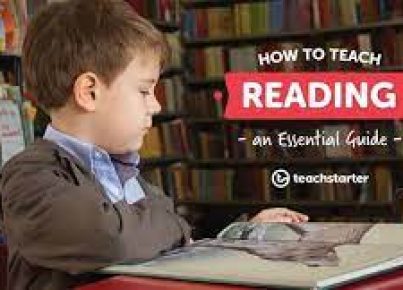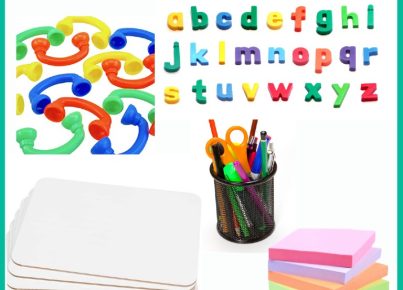Introduction
As educational landscapes continue to evolve, it’s crucial that educators prioritize reading across the curriculum. This approach not only emphasizes the importance of literacy, but also exposes students to various subjects and authorities in their respective fields. With a myriad of benefits including critical thinking development and enhanced writing skills, let’s explore the power of reading across the curriculum.
in a Nutshell: What is Reading Across the Curriculum?
Reading across the curriculum goes beyond just incorporating books into language arts or English classes. Instead, this approach seeks to involve all subject areas and integrate various types of texts, such as articles, journals, essays, and novels. The material chosen will be connected to specific topics or themes that align with each discipline. By doing so, students are given opportunities to experience diverse perspectives and learn through different contexts.
Benefits of Reading Across the Curriculum
1. Enhanced Critical Thinking Skills: When students engage with texts from different disciplines, they naturally develop essential critical thinking skills. Analyzing various works on a single topic helps students recognize differing opinions and strategies used by authors.
2. Improved Writing Skills: Reading regularly across all subjects helps students observe how authors develop arguments and convey ideas in their writing. This appreciation for varied writing styles can improve their own composition abilities as they use newly-acquired techniques in their essays and assignments.
3. Increased Vocabulary: As students delve into a variety of texts related to multiple subjects, they will undoubtedly encounter new words and phrases specific to each field. By deciphering context clues and learning these terms, students can expand their vocabulary exponentially.
4. Developing Interdisciplinary Perspective: Reading across the curriculum cultivates open-mindedness as students gain insight into varied thought processes within multiple disciplines. This interdisciplinary approach nurtures informed problem-solvers who appreciate how all subjects are interconnected, applying their knowledge creatively when formulating solutions.
Practical Strategies for Implementing Reading Across the Curriculum
1. Thematic Connections: Educators can create episodic units where students explore texts related to a specific topic while simultaneously integrating skills in their respective disciplines.
2. Collaborative Teaching: Educators should work together across subject areas to create lesson plans and select texts that reflect the learning objectives of each discipline.
3. Student Choice: Encourage students to select their own texts or choose from teacher-curated lists, fostering ownership of their learning process and increasing motivation.
4. Assessment Integration: Ensure that assessments go beyond traditional exams, incorporating text-based projects that promote interdisciplinary and analytical thinking relevant to the material read.
Conclusion
It is essential for educators to champion reading across the curriculum as it helps students develop critical thinking and writing skills while becoming well-rounded individuals capable of addressing complex problems from diverse perspectives. By collaboration between teachers and making thematic connections, we can shape an interdisciplinary landscape in which literary enrichment leads to more profound educational outcomes.





